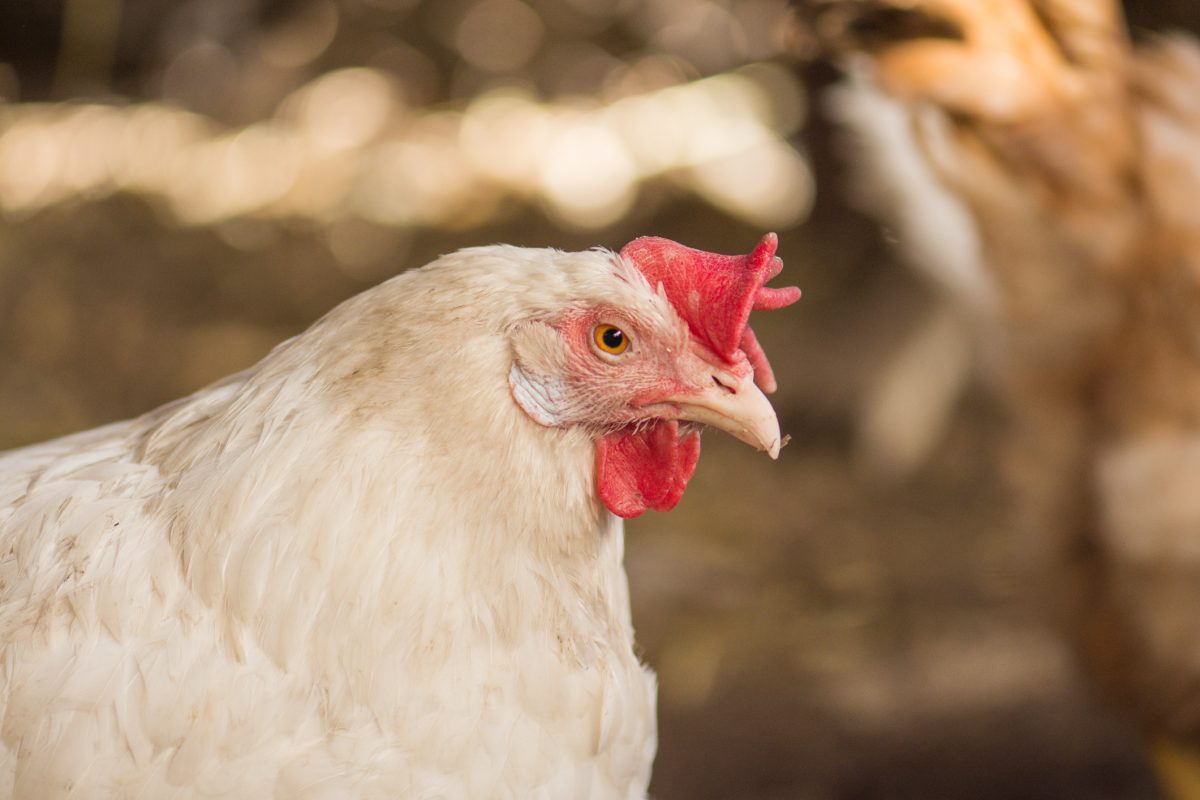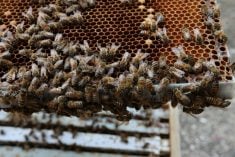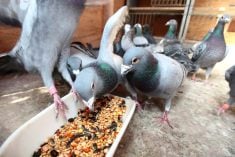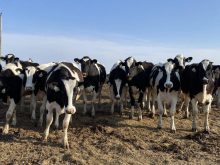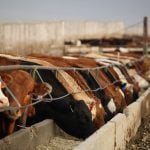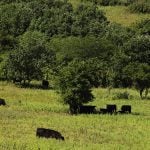Final amendments to Canada’s pullet and laying hen code of practice have been published.
“The outcome of this process supports our sector’s vision of continuous improvement in our production practices and approach to producing Canadian eggs,” said Roger Pelissero, chair of Egg Farmers of Canada in a news release.
The National Farm Animal Care Council and Egg Farmers of Canada announced the changes on Thursday. The amendment process began December 2023 after a comprehensive review of the code.
Read Also
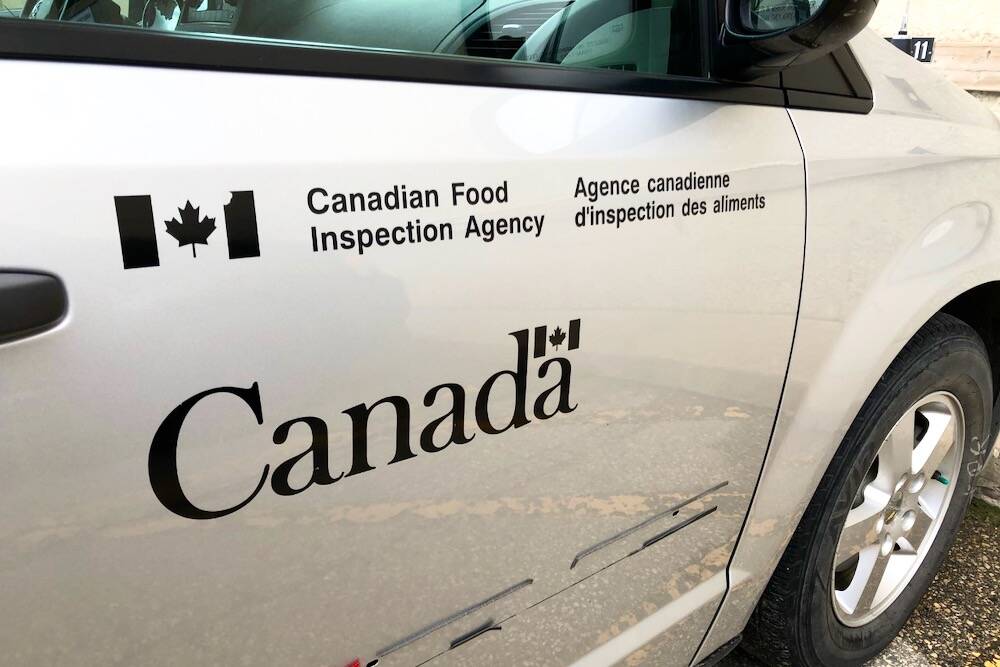
B.C. ostriches culled, CFIA confirms
Ostriches on an embattled Edgewood, B.C. farm have been culled after a prolonged legal battle, the Canadian Food Inspection Agency has confirmed.
The changes targetted three aspects of layer and pullet care: requirements for round feeders, space allowances for pullets in multi-tier systems and the maximum number of tiers allowed in barns.
Round feeders
Specific requirements for minimum space per bird for round feeders was added to the code. Space requirements for linear feeders wasn’t changed.
The 2017 code requirements were challenging for egg farmers using round feeders, a ‘what we heard’ report said. The code requirements for birds per feeder differed from manufacturers recommendations.
Instead of specific defined measurements, the code provided a formula to convert linear feeder space to round feeder space. Producers questioned the rationale behind that conversion, “leading industry and the Code committee to question whether this may have been included as an oversight,” the report said.
The minimum space allowance requirement will apply to all holdings in the future, the amended code says. A transition timeline for barns built before the amendment will be decided when the code is next updated in or around 2028.
Multi-tier systems
Space requirements were changed for pullets older than eight weeks and housed in multi-tier systems to add about 36 per cent more space per bird.
During the consultation process, industry stakeholders raised concerns that the minimum space requirement was insufficient, the ‘what we heard’ report said. Many pullet growers were looking to soon replace existing pullet housing and were stuck in a holding pattern as they waited for further guidance.
A new recommended practice was added to provide additional space for pullets after 17 weeks of age.
“Pullets that are transitioned to the layer barn after 17 weeks of age are at greater risk for poor welfare due to physiological and behavioural changes associated with the onset of lay (e.g., risk of smothering, egg peritonitis, mislaid eggs),” the amended code says.
Maximum number of tiers
Egg Farmers of Canada added criteria to interpret rules around the number of tiers allowed in laying hen aviaries. Equipment manufacturers had interpreted the requirements multiple ways, the committee said. The additional criteria is meant to ensure the intention to protect the hens’ welfare is upheld while allowing for new aviary designs.




